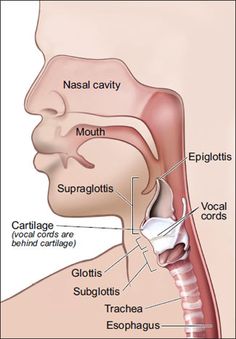In the martial arts, Hara is sometimes considered as equivalent to, the lower of the three dantian (tanden in Japanese). Various styles of martial arts describe this as being just below or directly behind the umbilicus.[21] In Traditional Chinese Medicine (TCM) the by-name Dantian is given alternatively to three acupuncture points: the "Gate of Origin" (Ren 4), and the "Sea of Qi" (Ren 6),[22] and, by some, also to the "Stone Gate" (Ren 5).[23] All three points are situated on the midline (centre of the linea alba) of the lower abdomen (i.e. below the navel). They constitute part of the Ren Mai, usually translated as Conception Vessel (CV), which is one of the Qi Jing Ba Mai, the Eight Extraordinary Vessels or eminent energy pathways of the body.
Dantian is often translated as "elixir field", indicating that the needling points called "Sea of Qi", "Gate of Origin" and "Stone Gate" are not really sitting on the Ren Mai like dots on a line. Rather they represent a place from which the "Sea of Qi" etc. can be reached and influenced - either via the energy flow along the Ren Mai (Conception Vessel) or by penetrating deeper into the abdomen (the level to be determined by the length of the needle and the depth of its insertion, in the case of palpation, by the depth of penetration and Qi projection, in the case of breathing or movement exercises by the use of muscle tonus and combination, direction of connective tissue engagement etc.). Hence, as the point names indicate, the lower Dantian, which ever point it is associated with, ought to be seen as a three dimensional area of varying size inside the abdomen, not as a point on the abdomen. In that sense it is identical with the "small hara" or the "small abdomen", terms used in some Chinese classical texts and commentaries that discuss the origin and location of the Qi Jing Ba Mai (Eight Extraordinary Vessels,) to which the Ren Mai belongs and is connected.[24] Modern commentators believe that the terms refer to "the kidney reflex area below the umbilicus".[25]
The Hara or lower Dantian, as conceptualised by the Chinese and Japanese Martial Arts, is important for their practice, because it is seen, as the term "Sea of Qi" indicates, as the reservoir of vital or source energy (Yuan Qi). It is, in other words, the vital centre of the body as well as the centre of gravity. For many martial arts, the extension of energy or force from this centre is a common concept.[26] Many martial art styles, amongst them Aikido, emphasise the importance of "moving from the hara",[27] i.e. moving from the centre of one's very being - body and mind. There are a large number of breathing exercises in traditional Japanese and Chinese martial arts where attention is always kept on the Dantian or Hara to strengthen the "Sea of Qi".
Martial arts and the Eastern medical tradition
[...]
While martial arts teaching benefits from a deeper insight into the knowledge gathered in the traditions of Chinese and Japanese medicine, an ever stronger case is made for students and practitioners of the healing therapies based on those traditions to engage in practices such as Qigong, TaiJi or Aikido to enhance Qi cultivation, perception and projection. Certainly from a classical Eastern point of view, knowledge and regular practice of those disciplines would have been (and is) seen as an essential part of self-development aimed at strengthening the practitioner's own health as well as their understanding of the nature and flow of Qi. Without such personal and refined experience, it is considered difficult to foster and improve the skill of palpation at a level that allows the practitioner to determine the quality of Qi in his or her patient and influence it accordingly.[32] Likewise the recommendation for patients is (and has been) to engage in Qi enhancing exercise to regain and maintain health.


